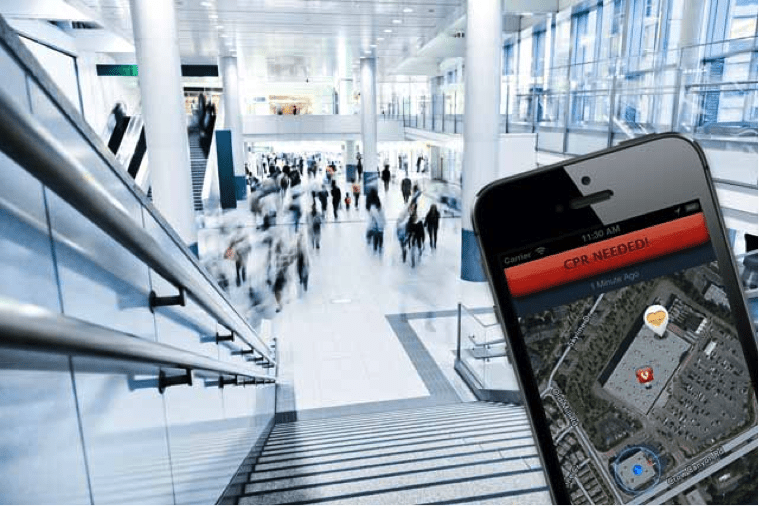Pulse Point Mobile App
What is the Pulse Point Mobile App?
PulsePoint is an App available to residents of Santa Clara County that alerts bystanders to someone nearby having a sudden cardiac arrest that may require CPR.
What is its purpose?
To increase the survival rates of cardiac arrest victims by:
- Increasing citizen awareness of cardiac events.
- Increasing awareness of public access defibrillator (AED) locations through real-time mapping of nearby devices.
- The goal is to get bystander compressions started as soon as possible, before EMS arrives on the scene, giving the patient the best chance of survival. This system has already saved countless lives and is installed in hundreds of jurisdictions worldwide.
How does it work?
 The App is activated by the local public safety communications center simultaneous with the dispatch of local fire and EMS resources. The app is only activated if the event is occurring in a public place (the app is not activated for private residential addresses). In addition to the life-saving CPR/AED functionality, the app provides a virtual window into fire and EMS activity in the community, offering a unique opportunity for citizens to understand how they work.
The App is activated by the local public safety communications center simultaneous with the dispatch of local fire and EMS resources. The app is only activated if the event is occurring in a public place (the app is not activated for private residential addresses). In addition to the life-saving CPR/AED functionality, the app provides a virtual window into fire and EMS activity in the community, offering a unique opportunity for citizens to understand how they work.
The App requires a connection to the local public safety communications center, it is only available where adopted and implemented by the local Fire/EMS agency. When a cardiac arrest is reported, not only are EMS, Fire and police crews dispatched, bystanders who have installed the App in the area may also alerted when they’re within about a 1/4 mile of the GPS location reported by the 911 call. It provides directions to the location of the cardiac arrest patient and nearby AED units.
Good Samaritan Law
The purpose of the Good Samaritan Law is to protect individuals who are not medically trained and choose to assist a victim who is injured or ill. The law protects the Good Samaritan from being liable from injury or death caused to the victim during a medical emergency. A general layperson is protected under the Good Samaritan laws as long as he or she has good intentions to aid the victim to the best of his or her ability during a medical emergency. These laws are intended to reduce bystanders’ hesitation to assist, for fear of being sued or prosecuted for unintentional injury or wrongful death.

